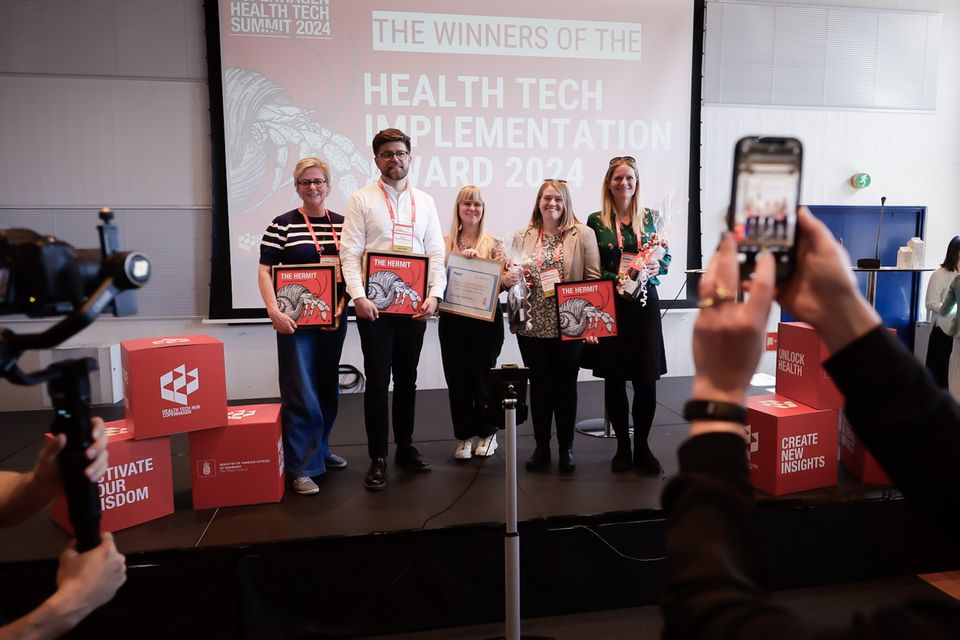by Signe Bendsen
Since the start of the COVID-19 pandemic, healthcare systems found themselves under immense pressure. The demand for innovative healthcare solutions has never been more critical, emphasising the need for accessible, personalised, and scalable healthcare. This has paved the way for the rise of digital healthcare programmes and platforms, such as Liva, to call for greater inclusivity.
Digital healthcare is still relatively uncharted territory, but one promising aspect is the potential to reach across diverse social groups. So, it becomes crucial to ensure inclusivity in research and subsequent innovations.
Here we focus on the untapped potential that gender diversity holds within the realm of digital healthcare solutions.
Why gender diversity?
Encouraging gender diversity is not just a moral imperative: it has been proven to lead to smarter and more creative teams, fostering an environment for groundbreaking discoveries (1). In the field of medical science, where both sex (biology) and gender (sociocultural behaviours and attitudes) interact to influence the results of health and disease studies, gender and sex-related research is crucial (2).
Unfortunately, this is not always taken into account when conducting medical research and experiments. A prime example is the oversight in COVID-19 clinical studies, where sex and gender influence the mortality rates. It might also have a skewed effect on gender and sex equality in terms of the side effects and efficacy of treatments (here vaccine). In these studies, an absence of sex-disaggregated results have been found. This oversight not only has financial implications but can, in fatal cases, cost lives (3).
Supporting this statement is another analysis that found that 8 out of 10 drugs withdrawn from the United States market between 1997 and 2000 posed “greater health risks for women than for men” (1). These risks and skewed effects could all be avoided if we make sure to include and care for gender and sex specific effects during research. Digital healthcare platforms are in a unique position to embed this awareness from the start, ensuring a nuanced understanding of its effects and the varied needs across all genders and sexes.
Pitfalls in digital health
While some may argue that sex and gender are irrelevant for digital health solutions, there are often subtle differences and preferences that can remain undiscovered without intentional attention. Artificial intelligence (AI) and machine learning (ML), integral to many digital solutions, introduce another layer of complexity. Biases in ML training sets can result in discriminatory outcomes, as seen in facial recognition technology, which may misidentify individuals based on race and gender (4). Neglecting gender considerations in digital health tool development not only perpetuates bias but also misses out on significant market opportunities. This is, if the solution does not work or possesses a bias towards half the population (or more) we shrink the potential market significantly.
Harness the potential of gender diversity
Studies indicate that increasing the presence of women in medical science positively correlates with a study’s likelihood of incorporating gender- and sex-based analysis. Author groups dominated by women often approach research with different perspectives (compared to all male groups), pushing boundaries and sparking new opportunities and innovations (1). This underscores how (gender) diversity contributes to expanding the breadth of knowledge production and introduces fresh perspectives to the management and health solutions landscape.
Conclusion
This serves as a call to all researchers, engineers, and digital healthcare users in the industry to prioritise and share data on sex and gender. Digital health managers and leaders are urged to create environments that embrace diversity, not only in terms of sex and gender but an intersectional approach that also encompasses ethnicity, disability, age, sexuality, and other protected characteristics. This approach ensures that the digital health transformation is truly for everyone.
For those intrigued by this topic, Gendered Innovations offers an in-depth exploration of gender and sex-sensitive research methodologies at their website: Gendered Innovations.
References
1 https://www.pnas.org/doi/10.1073/pnas.1700616114
2 https://genderedinnovations.stanford.edu/case-studies/variables.html
3 https://www.nature.com/articles/s41467-021-24265-8
4 https://proceedings.mlr.press/v81/buolamwini18a/buolamwini18a.pdf




